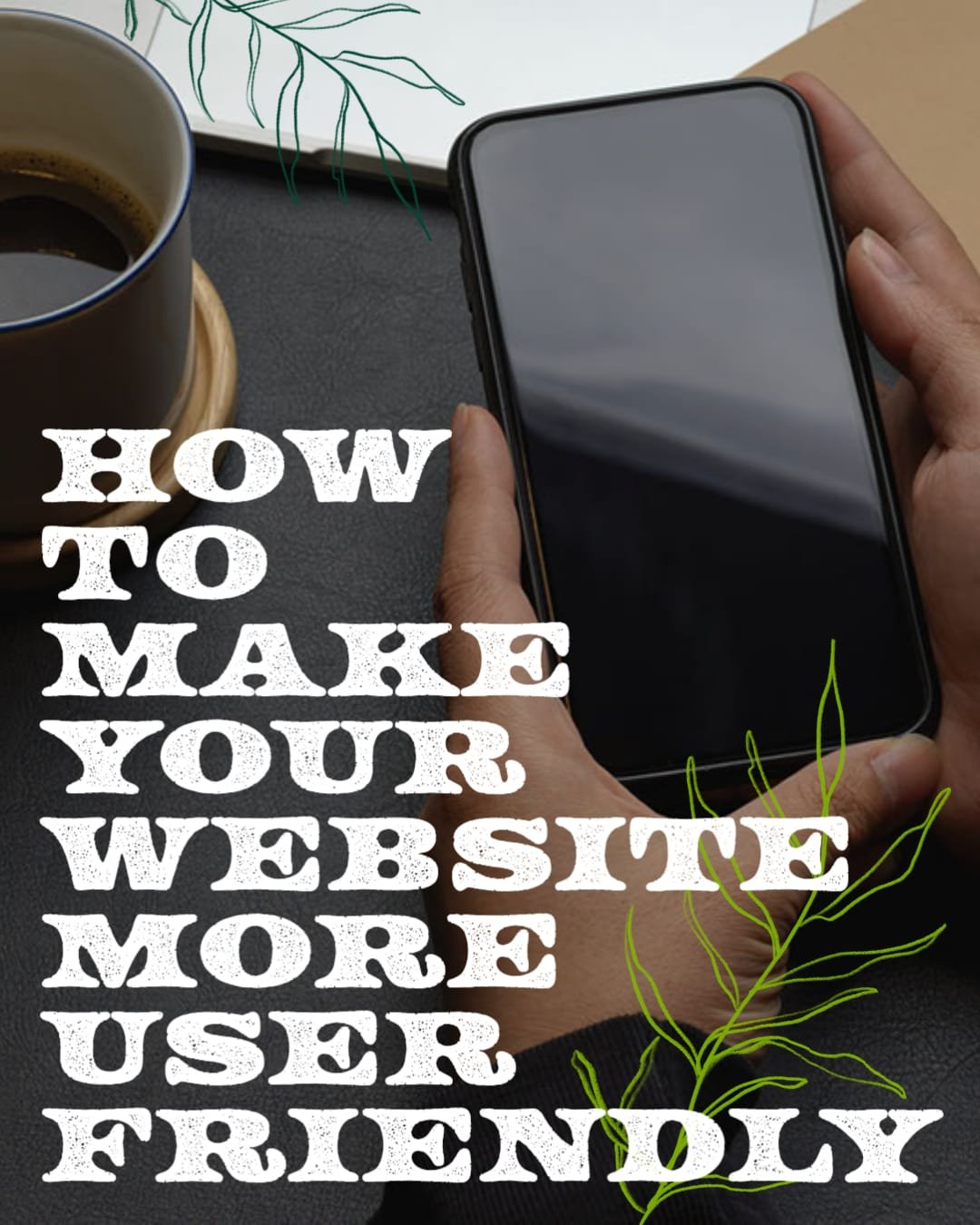
If you’re like most business owners, you want your website to be successful. But what’s the key to website success? Many people would say that it’s all about attracting traffic. And while this is certainly important, it’s not the only factor that determines a website’s success. In fact, if your website isn’t user friendly, you’ll likely lose traffic and conversions in the long run. In this blog post, we’ll discuss how to make your website more user friendly so that you can maximize its potential!
Understand your customers
The first step to creating a user friendly website is understanding your target audience.
- What are their needs and wants?
- What type of information are they looking for when they come to your website?
- What are their pain points?
- What problems do they need to solve?
- What is their buying journey?
- What steps do they take before making a purchase?
Once you have a good understanding of your target audience, you can start to create content and design elements that address their needs.
Create a hierarchy of information
The next step is to organize the information on your website in a way that is easy for users to understand.
Start by creating a hierarchy of information, with the most important information at the top and the least important at the bottom.
This will help users quickly find the information they’re looking for without having to sift through a lot of irrelevant content.
Use clear and concise language
The language you use on your website should be clear and concise. Avoid using jargon or technical terms that your target audience might not understand.
Instead, focus on using language that is easy to read and understand. This will help users quickly find the information they’re looking for and take the desired action.
Your website should be easy to navigate
When it comes to website design, there are a few key elements that you should keep in mind. First and foremost, your website should be easy to navigate. Users should be able to find what they’re looking for quickly and easily. If your website is cluttered or difficult to navigate, users will likely become frustrated and leave.
User colors appropriately
The colors you use on your website can have a big impact on how users perceive your brand. Be sure to use colors that are appropriate for your target audience and industry. In general, it’s best to avoid using more than three or four colors on your website.
Instead, focus on using a limited color palette that is easy on the eyes and provides a good contrast. This will help users focus on the most important information on your website.
Use a consistent design approach
Your website should have a consistent design approach throughout. This means using the same fonts, colors, and overall look and feel on every page. This will help users feel comfortable when they’re navigating your website and make it easy for them to find the information they’re looking for.
Make sure your website is mobile-friendly
Another important element of website design is making sure your website is mobile-friendly. With more and more people using their smartphones and tablets to access the internet, it’s important that your website can be viewed on these devices. If your website isn’t mobile-friendly, you could be missing out on a lot of traffic and conversions.
Include calls-to-action on your website
You should make sure to include calls-to-action on your website. A call-to-action is a button or link that encourages users to take a specific action, such as signing up for your email list or making a purchase. By including calls-to-action on your website, you can increase the chances of users taking the desired action.
Make contact information easy to find
You should make sure that your contact information is easy to find on your website. This will help users get in touch with you if they have any questions or need more information. Be sure to include your email address, phone number, and social media links.
Make sure your website is visually appealing
In addition to being easy to navigate and mobile-friendly, your website should also be visually appealing. Users should enjoy looking at your website and find it visually pleasing. Use colors, fonts, and images that are attractive and easy on the eyes.
Your website’s design should be clean and simple
When it comes to website design, less is often more. A clean and simple website design will be more user friendly than a website that is cluttered and overly complicated. Keep your design clean and easy to navigate, and you’ll likely see an increase in traffic and conversions.
Your website’s navigation should be easy to understand and use
The navigation of your website is extremely important. Users should be able to find their way around your website easily. If your website’s navigation is confusing or difficult to use, many users will simply give up and leave. Make sure your website’s navigation is easy to understand and use, and you’ll see an improvement in the overall user experience.
Your website’s content should be well organized and easy to find
Another important element of website design is the organization of your website’s content. Your content should be well organized and easy to find. If users can’t find what they’re looking for, they’ll likely become frustrated and leave. Make sure your website’s content is easy to find and well organized, and you’ll see an improvement in the overall user experience.
Your website should load quickly
In today’s fast-paced world, users have little patience for slow-loading websites. If your website takes too long to load, many users will simply give up and go elsewhere. Make sure your website loads quickly, and you’ll see an improvement in the overall user experience.
Make sure your website is accessible to everyone
Another important element of making your website more user friendly is making sure it’s accessible to everyone. This includes people with disabilities who may use assistive technologies, such as screen readers. If your website is not accessible, you could be missing out on a large portion of your potential audience.
Parting thoughts
Improving your website’s user friendliness is key to ensuring that your visitors stay on your site, learn more about what you have to offer, and eventually convert. If you’re not sure where to start, our team of experts can help! We offer a variety of services that are designed to improve your website’s usability, including web design, user experience design, and accessibility audits. We also provide training and consultation services so that you can continue making improvements long after we’ve finished working with you. Contact us today to learn more about how we can help you make your website more user friendly! Call (360) 450-3711.
—
Website Usability FAQs
What is website usability?
Website usability is the measure of how easy it is for visitors to use your website. It covers everything from the navigation and layout to the content and overall user experience.
Why is website usability important?
There are a number of reasons why website usability is important. For starters, it helps to ensure that visitors can actually find what they’re looking for on your site. It also helps to create a more positive user experience, which can encourage visitors to stick around and even convert into customers or clients.
How can I improve website usability?
There are a number of ways you can improve website usability. Some common methods include streamlining the navigation, improving the layout and design, and ensuring that all your content is clear and easy to read.
Still have questions about website usability?
If you still have questions about website usability or how to improve it on your own site, feel free to contact a professional web designer or developer like us here at Graticle. We’d be happy to help you out! Give us a call (360) 450-3711 or send us a message.





